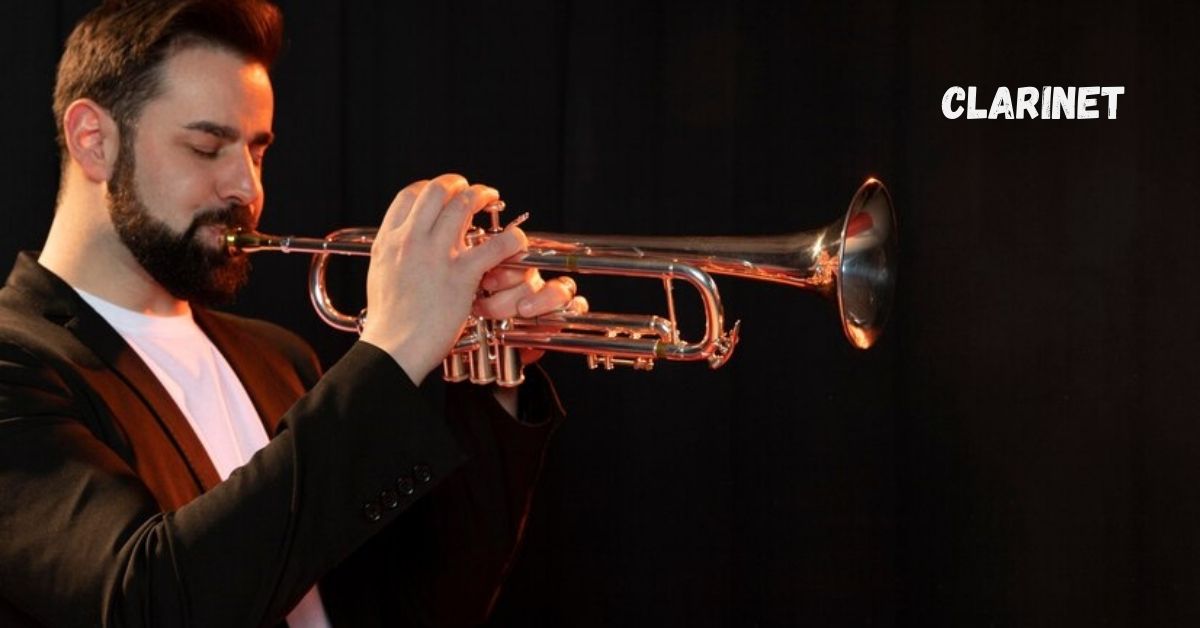The clarinet is a woodwind instrument that has played an essential role in both classical and contemporary music. From orchestras to jazz bands, its unique sound and versatility make it a favorite for musicians worldwide. Its history, construction, and impact on music have evolved over centuries, reflecting the changes in musical tastes and innovations.
The Origins of the Clarinet
The clarinet originated in the early 18th century, designed by German instrument maker Johann Christoph Denner. He improved upon a simple instrument called the chalumeau, adding keys to increase its range. With its distinctive cylindrical shape and a single reed mouthpiece, the clarinet quickly became popular in classical compositions. Over time, more improvements were made to the instrument, allowing for a greater range of notes and smoother transitions between registers.
The Structure and Components of the Clarinet
The modern clarinet consists of five main parts: the mouthpiece, barrel, upper joint, lower joint, and bell. The instrument is typically made of wood, but other materials like plastic are also used, especially for beginner instruments. The mouthpiece holds a single reed, which vibrates to produce sound when the player blows air through it. The barrel connects the mouthpiece to the upper joint, which contains the keys and holes that allow the player to change notes.
The lower joint also has keys and is connected to the bell, which amplifies the sound. A well-made clarinet is carefully crafted to ensure that each note is in tune and the transitions between registers are smooth. The clarinet’s design gives it a wide range of notes, from deep, rich tones in its lower register to bright and piercing sounds in the upper range.
Clarinet in Classical Music
In classical music, the clarinet has been a key instrument since its creation. Many renowned composers have written pieces specifically for the clarinet. Wolfgang Amadeus Mozart was one of the first major composers to embrace the clarinet, writing his famous Clarinet Concerto and Clarinet Quintet. Ludwig van Beethoven and Johannes Brahms also composed works that highlighted the clarinet’s unique sound.
In orchestras, the clarinet plays a critical role, blending with other woodwinds or standing out in solo passages. Its versatility allows it to perform both lyrical, smooth lines and fast, intricate passages. Many symphonies feature the clarinet, showcasing its wide range and expressive capabilities.
The Clarinet in Jazz and Popular Music
While the clarinet is often associated with classical music, it has also found a home in jazz. In the early 20th century, during the rise of jazz, the clarinet was a prominent instrument. Famous clarinetists like Benny Goodman and Artie Shaw became iconic figures in jazz history, leading bands and performing unforgettable solos. The clarinet’s ability to bend notes and create smooth, flowing melodies made it perfect for the improvisational style of jazz.
In popular music, the clarinet may not be as prominent as it once was, but it still finds its place in various genres. Its distinctive sound adds character and depth to many contemporary arrangements, from folk to film scores. Musicians continue to experiment with the clarinet in modern music, exploring its potential in new and innovative ways.
Learning to Play the Clarinet
The clarinet is a popular choice for beginners due to its relatively simple design and wide availability. Many students start with a plastic clarinet before moving on to a professional wooden instrument. Learning to play the clarinet involves mastering breath control, finger placement, and embouchure (the way the mouth interacts with the mouthpiece).
As with any instrument, consistent practice is essential. Many clar’inet players begin by learning simple scales and gradually move on to more complex pieces. Once the basics are mastered, the clar’inet offers endless possibilities for expression and creativity. Whether a musician prefers classical, jazz, or contemporary music, the clar’inet can provide a fulfilling musical journey.
The Different Types of Clarinets
While the most common clar’inet is the B-flat clar’inet, there are several different types of clarinets that vary in size and pitch. The A clar’inet is often used in orchestras, especially in classical pieces by composers like Brahms and Beethoven. The bass clar’inet, with its deep and rich sound, is another popular variation. This instrument is larger than the standard clar’inet and plays an octave lower, adding depth to orchestral and ensemble performances.
Other types of clarinets include the E-flat clar’inet, which has a higher pitch, and the contrabass clarinet, which is even lower than the bass clar’inet. Each type of clar’inet has its own unique sound and role in different musical settings.
Caring for a Clarinet
Proper maintenance is essential to keep a clar’inet in good playing condition. Regular cleaning, including swabbing the inside after playing, helps prevent moisture buildup that can damage the wood or plastic. Reeds should be replaced frequently, as they wear out over time and lose their flexibility.
It’s also important to store the clar’inet in a protective case to avoid damage. Regular check-ups with a professional repair technician can help maintain the instrument’s key mechanisms and ensure that everything stays in tune.
Conclusion
The clar’inet is a remarkable instrument with a rich history and a prominent place in both classical and contemporary music. Its versatility, unique sound, and wide range of expression make it a favorite among musicians. Whether in orchestras, jazz bands, or modern music ensembles, the clar’inet continues to captivate audiences. Learning to play the clar’inet offers endless opportunities for creativity and personal expression, making it a rewarding instrument for musicians of all levels. Proper care and maintenance ensure that this beautiful instrument will continue to inspire for generations to come.
FAQs
What makes the clarinet different from other woodwind instruments?
The clarinet’s single reed and cylindrical shape give it a distinct sound compared to other woodwinds like the flute or oboe. Its range is also wider, and it can produce a variety of tones from mellow to bright.
How long does it take to learn the clarinet?
The time it takes to learn the clar’inet depends on the individual, but with regular practice, beginners can start playing simple tunes within a few months. Mastery of the instrument can take several years.
Is the clarinet difficult to play?
The clar’inet is considered a moderately difficult instrument to learn. It requires good breath control and precise finger placement, but with practice, it becomes easier.
What is the most common type of clarinet?
The most common type of clar’inet is the B-flat clar’inet, which is used in both orchestras and bands. Other types include the A clar’inet and the bass clar’inet.
Can the clarinet be used in different music genres?
Yes, the clar’inet is versatile and can be used in various music genres, including classical, jazz, folk, and contemporary music. Its unique sound makes it adaptable to many styles.











